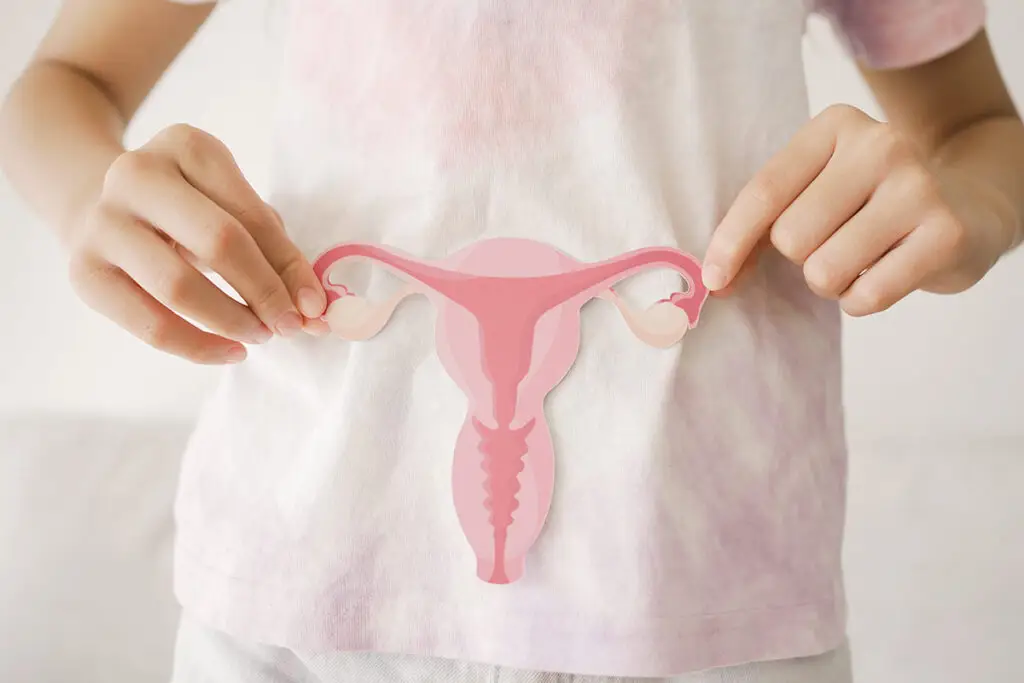Author: Dr Ioannis Gryparis and the NOW-fertility Clinical Team
Endometrial receptivity is the process undertaken by the uterine lining to prepare for the implantation of an embryo. The limited period of optimal endometrial receptivity during which the endometrium is ready to receive an embryo, paired with an embryo’s readiness to implant, is commonly referred to as the “window of implantation” and is generally detected between days 20 and 24 of a normal 28-days menstrual cycle.
To improve implantation rates, it is important to find ways to pinpoint the window of implantation, ensure that the best embryo is selected and synchronise embryo transfer with the time of optimal endometrial receptivity. Importantly, ways of evaluating and enhancing endometrial performance and embryo quality without disrupting the delicate process of implantation itself must be identified.
Endometrial microbiota
A “normal” composition of the endometrial microbiota has not yet been established. However, it has been observed that the endometrial microbiome is considered to be healthy when it is Lactobacillus-dominant (if the relative abundance of Lactobacillus exceeded 90%). Lactobacilli inhibit the adhesion of other bacteria to epithelial cells and produce lactic acid that kills or inhibits the growth of other bacteria, promoting homeostasis.
Endometrial dysbiosis is an imbalance of micro-organisms that can lead to negative outcomes for reproductive function. The composition of the endometrial microbiota is influenced by several factors, such as genetic predisposition, age, menstrual cycle, childbirth, vaginal microbiota, antibiotic use and sexual practices. Dysbiosis is a disruption of the quantitative relations between micro-organisms, often in favor of pathogenic bacteria.
Inflammation of the endometrium
Endometritis is an acute or chronic inflammation of the endometrium caused by an abnormal endometrial microbiome. The symptoms can vary from a completely asymptomatic situation to causing chronic pelvic pain and dyspareunia. Nonetheless, when symptomatic the most common symptom is abnormal bleeding between periods and vaginal discharge. In its acute form, endometritis presents itself with high fever, severe pain in the abdomen and foul-smelling vaginal secretions.
Chronic endometritis significantly reduces ongoing pregnancy rates as well as live birth rates and clinical pregnancy rates in women undergoing IVF. Importantly, chronic endometritis resolution after antibiotic therapy may improve IVF outcome, leading to similar ongoing pregnancy rates, live birth rates and clinical pregnancy rates as compared to unaffected women.
Diagnosis of chronic endometritis
- Hysteroscopy. There are certain endometrial features such as the presence of micro polyps and/or hyperemia that may be seen at hysteroscopy.
- Endometrial biopsy for plasma cells, commonly known as CD138 staining. The method is simple and objective, but it can often be negative and still the woman can suffer from endometritis. That is why the interpretation and guidance of each incident must be separate.
- Alice and Emma Tests. Debatable is the clinical usefulness of novel tests such as Alice (analysis of infectious chronic endometritis) and Emma (endometrial microbiome metagenomic analysis). They detect the pathogens DNA.
Read our full Information Document here.
If you are considering IVF treatment contact us here to learn how we can help.
Published by NOW-fertility’s Communication Department.
Communication Manager: Annette Eckersley
E: annetteeckersley@now-fertility.com
This information was correct at the time of publishing and may not reflect our current practices, prices or regulations.




